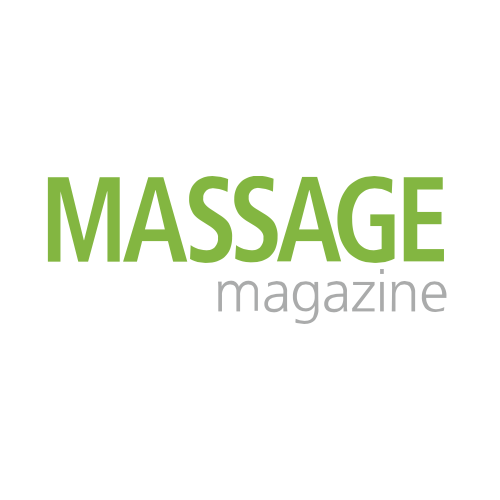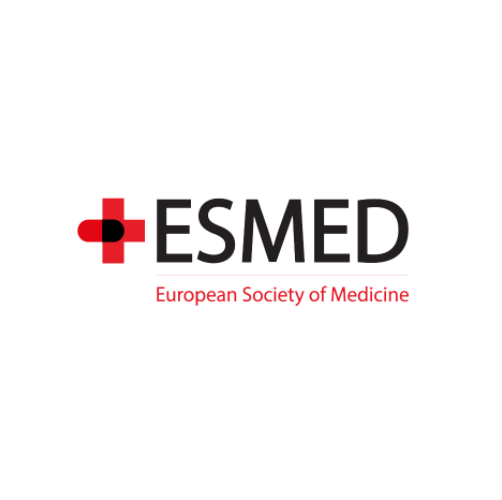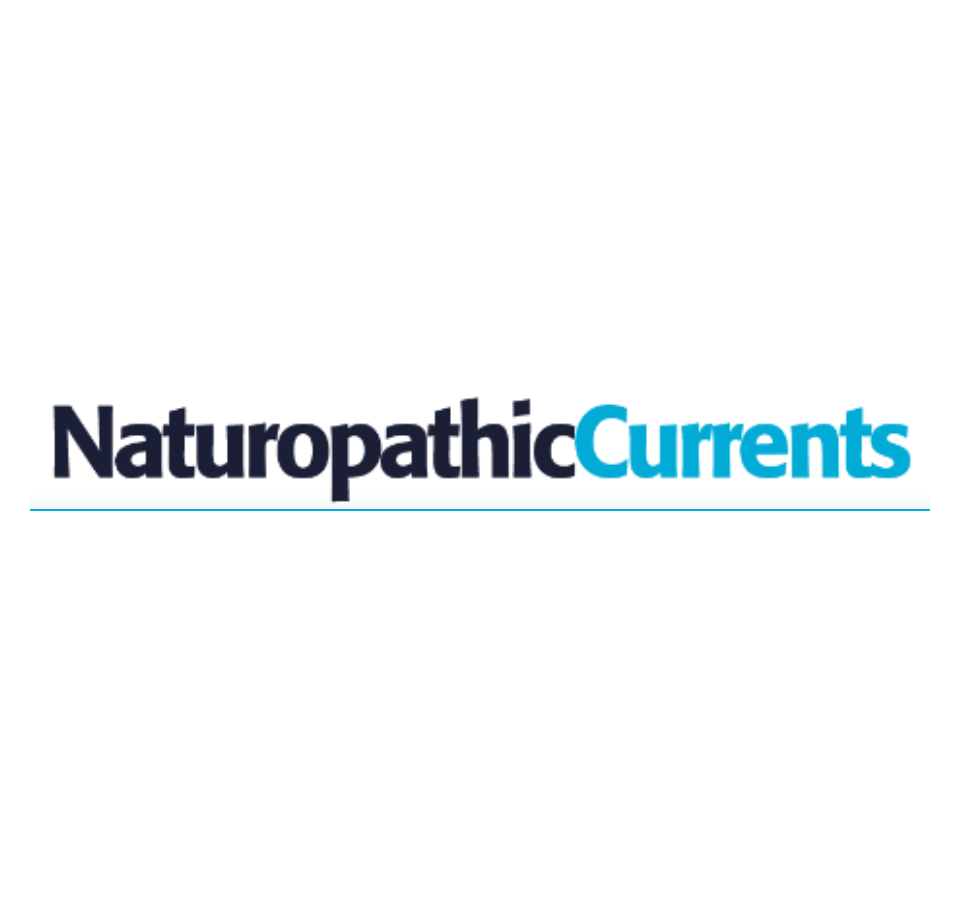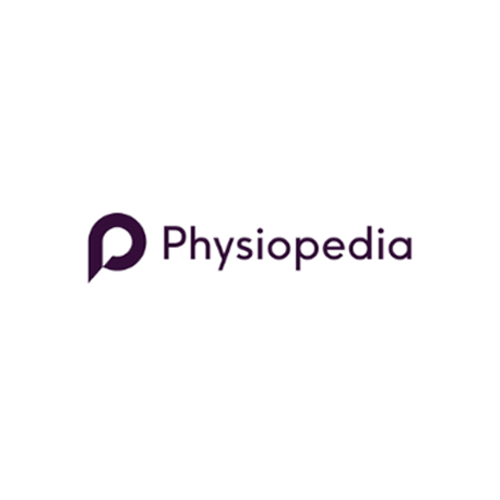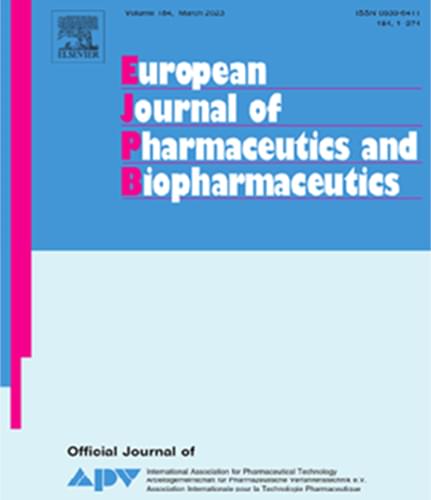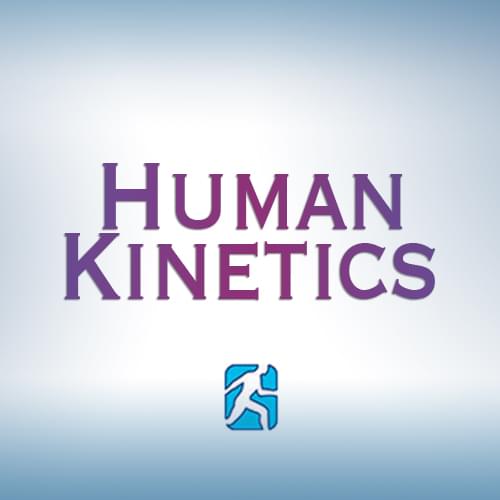
Red Light Therapy In Use
Across a Diverse Range of Practice Areas
Wide Range of Practice Areas

AT WORK ACROSS A WIDE RANGE OF PRACTICE AREAS
ACROSS A WIDE RANGE OF PRACTICE AREAS
With the ever increasing number of people seeking a drug free alternative for pain and inflammation relief, faster healing, better sleep and a desire to look and feel younger, awareness of PhotoBioModulation's wide range of non-invasive treatment options is exploding. Here's what is being said across a range of medical practice areas.
* OF NOTE –– What's In A Name?
PhotoBioModulation may at times be referred to as Red Light Therapy, Cold Light Therapy, Cold Laser Therapy, Low Level Light Therapy (LLLT) or LED Therapy.
Different naming conventions reflect the evolution of the modality e.g.,differing light sources (Laser, LED, Plasma) or delivery mechanisms) All are forms of PhotoBioModulation and all are effective for the purposes they were designed for. We use the designation PBM Red Light Therapy, or just Red Light Therapy.
A Powerful Combination of Acupuncture & LED Therapy*
► FROM ACUPUNCTURE TODAY
“ A growing list of scientific studies are concluding that low level light therapy shows great promise in the treatment of an expanding list of health issues. And more and more Acupuncturists and Chinese medicine practitioners are understanding the benefits of adding Light therapy to their growing list of treatment options. A 2014 study examined the efficacy of light therapy applied at acupuncture points in knee osteoarthritis. Researchers concluded that the application to specific acupuncture points in association with exercise and advice is effective in reducing pain and improving the quality of life in patients with knee osteoarthritis.
More studies are showing that the combination of Chinese medicine and Light Therapy can improve male and female infertility, skin issues and reduce inflammation "
“ A growing list of scientific studies are concluding that low level light therapy shows great promise in the treatment of an expanding list of health issues. And more and more Acupuncturists and Chinese medicine practitioners are understanding the benefits of adding Light therapy to their growing list of treatment options. A 2014 study examined the efficacy of light therapy applied at acupuncture points in knee osteoarthritis. Researchers concluded that the application to specific acupuncture points in association with exercise and advice is effective in reducing pain and improving the quality of life in patients with knee osteoarthritis.
More studies are showing that the combination of Chinese medicine and Light Therapy can improve male and female infertility, skin issues and reduce inflammation "
Your Complete Guide to Photobiomodulation *
► FROM CHIROPRACTIC ECONOMICS
" Laser therapy can provide value as a stand-alone modality for conditions that are unresponsive to treatment and for patients who do not care for spinal adjustments.
Often, patients with nagging chronic pain feel an immediate difference when laser therapy is applied. These patients who are begging for relief when nothing else has worked can become your best word-of-mouth ambassadors. Laser therapy is commonly used to treat tendinitis, adhesive capsulitis, sprains and strains, sports injuries, post-operative conditions and plantar fasciitis. Other common applications for laser therapy are for symptoms related to postherpetic neuralgia, shingles, TMJ, and sinus issues. The results after treating shingles and postherpetic neuralgia have been life-changing for patients with debilitating chronic pain "
" Laser therapy can provide value as a stand-alone modality for conditions that are unresponsive to treatment and for patients who do not care for spinal adjustments.
Often, patients with nagging chronic pain feel an immediate difference when laser therapy is applied. These patients who are begging for relief when nothing else has worked can become your best word-of-mouth ambassadors. Laser therapy is commonly used to treat tendinitis, adhesive capsulitis, sprains and strains, sports injuries, post-operative conditions and plantar fasciitis. Other common applications for laser therapy are for symptoms related to postherpetic neuralgia, shingles, TMJ, and sinus issues. The results after treating shingles and postherpetic neuralgia have been life-changing for patients with debilitating chronic pain "
Should You Add LED Light Therapy (PBM) to Your Massage Menu? *
► FROM MASSAGE MAGAZINE
" Both light therapy and massage therapy relieve stress, anxiety and muscle tension, and increase lymphatic flow and blood circulation. Both modalities induce the activation of the body's own natural healing processes to help reduce pain. Together they create a potent therapy to address client pain and tension.
It (the light) also increases lymphatic drainage: the activity of white cells so they clean up debris faster: and it has an amazing effect on nerves. It causes nerve fibers that are pain fibers to calm down and not cause so much pain. In addition, ATP production is also stimulated which increases energy within the cells
Whenever an infra-red ray hits a blood vessel wall, it causes an instant release of a compound called nitric oxide. And nitric oxide causes instantaneous pop-open of a blood vessel. So, suddenly you have a change in circulation that is dramatic. It also causes a reduction in inflammation that happens very quickly as well "
" Both light therapy and massage therapy relieve stress, anxiety and muscle tension, and increase lymphatic flow and blood circulation. Both modalities induce the activation of the body’s own natural healing processes to help reduce pain. Together they create a potent therapy to address client pain and tension.
It (the light) also increases lymphatic drainage: the activity of white cells so they clean up debris faster: and it has an amazing effect on nerves. It causes nerve fibers that are pain fibers to calm down adn not cause so much pain. In addition, ATP production is also stimulated which increases energy within the cells
Whenever an infra-red ray hits a blood vessel wall, it causes an instant release of a compound called nitric oxide. And nitric oxide causes instantaneous pop-open of a blood vessel. So, suddenly you have a change in circulation that is dramatic. It also causes a reduction in inflammation that happens very quickly as well "
Photobiomodulation in Dermatology:
Harnessing Light from Visible to Near Infrared *
► FROM ESMED | EUROPEAN SOCIETY OF MEDICINE
" Photobiomodulation emerges as a valuable complementary treatment modality in dermatology. In terms of tissue repair, wound healing is accelerated by PBM. Cutaneous wounds, erosive mucositis in oncology, leg ulcers, as well as burns and radiodermatitis all benefit from PBM treatment. Widely used to accelerate healing after aggressive aesthetic treatments,
PBM reduces inflammation following treatments like skin resurfacing, vascular and benign pigmented lesions, or chemical peels. It has also been shown to be effective in treating dyspigmentation. In the case of hyperpigmentation, melanin synthesis is inhibited with IR light. Additionally, PBM has shown benefits in the treatment of acne, prevention and treatment of hypertrophic scars. It has shown promise in skin rejuvenation, the treatment of alopecia, cellulite, as well as other skin diseases "
" Photobiomodulation emerges as a valuable complementary treatment modality in dermatology. In terms of tissue repair, wound healing is accelerated by PBM. Cutaneous wounds, erosive mucositis in oncology, leg ulcers, as well as burns and radiodermatitis all benefit from PBM treatment. Widely used to accelerate healing after aggressive aesthetic treatments,
PBM reduces inflammation following treatments like skin resurfacing, vascular and benign pigmented lesions, or chemical peels. It has also been shown to be effective in treating dyspigmentation. In the case of hyperpigmentation, melanin synthesis is inhibited with IR light. Additionally, PBM has shown benefits in the treatment of acne, prevention and treatment of hypertrophic scars. It has shown promise in skin rejuvenation, the treatment of alopecia, cellulite, as well as other skin diseases "
Low Intensity Laser Therapy A Non-Invasive Option for Treatment *
► FROM NATUROPATHIC CURRENTS
" Some of the proposed mechanisms for pain reduction include reduction of inflammation, reduction in oxidative stress and muscle fatigue, inhibition of pain signals at the nerves, increased levels of serotonin, the “feel good hormone,” leading to increased feelings of well-being. Thus, these recent findings suggest that LLLT can be a viable, cost-effective and effective treatment option for pain conditions, comparable to pharmaceutical drugs but without the side-effect profile and with more long term benefit than pharmaceutical inventions.
This relief was equally effective as the use of non-steroidal anti-inflammatory drugs (NSAIDs) such as aspirin or Advil at managing pain. Even more remarkable was the finding that the benefits of LLLT occurred both immediately as well as in the longterm "
" Some of the proposed mechanisms for pain reduction include reduction of inflammation, reduction in oxidative stress and muscle fatigue, inhibition of pain signals at the nerves, increased levels of serotonin, the “feel good hormone,” leading to increased feelings of well-being. Thus, these recent findings suggest that LLLT can be a viable, cost-effective and effective treatment option for pain conditions, comparable to pharmaceutical drugs but without the side-effect profile and with more long term benefit than pharmaceutical inventions.
This relief was equally effective as the use of non-steroidal anti-inflammatory drugs (NSAIDs) such as aspirin or Advil at managing pain. Even more remarkable was the finding that the benefits of LLLT occurred both immediately as well as in the longterm "
Mechanisms and applications of the
anti-inflammatory effects of photobiomodulation *
► FROM PHYSIOPEDIA
" Low level laser therapy (LLLT) is used by some physiotherapists to treat various musculoskeletal condition. LLLT is a non-invasive light source treatment that generates a single wavelength of light. It emits no heat, sound, or vibration. It is also called photobiology or biostimulation. LLLT is believed to affect the function of connective tissue cells (fibroblasts), accelerate connective tissue repair and act as an anti-inflammatory agent. Lasers with different wavelengths, varying from 632 to 904 nm, are used in the treatment of musculoskeletal disorders.
Wavelengths between 660 nm and 905 nm have the ability to penetrate skin, and soft/hard tissues. This light has a good effect on pain, inflammation and tissue repair "
" Low level laser therapy (LLLT) is used by some physiotherapists to treat various musculoskeletal condition. LLLT is a non-invasive light source treatment that generates a single wavelength of light. It emits no heat, sound, or vibration. It is also called photobiology or biostimulation. LLLT is believed to affect the function of connective tissue cells (fibroblasts), accelerate connective tissue repair and act as an anti-inflammatory agent. Lasers with different wavelengths, varying from 632 to 904 nm, are used in the treatment of musculoskeletal disorders.
Wavelengths between 660 nm and 905 nm have the ability to penetrate skin, and soft/hard tissues. This light has a good effect on pain, inflammation and tissue repair "
Photobiomodulation therapy in neuroischaemic diabetic foot ulcers:
A novel method of limb salvage *
► FROM NATIONAL LIBRARY OF MEDICINE
" Low-level laser therapy (also known as photobiomodulation therapy, PBMT) promotes accelerated healing of diabetic foot ulcers (DFUs), thereby preventing the risk of future complications and amputation. The aim of this study was to determine the effect of PBMT, with structured, graded mobilisation and foot care, on DFU healing dynamics.
PBMT can be effectively used as a treatment mode for neuroischaemic DFUs in patients with type 2 diabetes. Graded mobilisation with focused foot care could improve the function of people living with type 2 diabetes with a chronic DFU "
" Low-level laser therapy (also known as photobiomodulation therapy, PBMT) promotes accelerated healing of diabetic foot ulcers (DFUs), thereby preventing the risk of future complications and amputation. The aim of this study was to determine the effect of PBMT, with structured, graded mobilisation and foot care, on DFU healing dynamics.
PBMT can be effectively used as a treatment mode for neuroischaemic DFUs in patients with type 2 diabetes. Graded mobilisation with focused foot care could improve the function of people living with type 2 diabetes with a chronic DFU "
Sustained Release of Growth Factors
From Photoactivated Platelet Rich Plasma *
► FROM EUROPEAN JOURNAL OF PHARMACEUTICS & BIOPHARMACEUTICS
" The goal of this study is to specify the ability of polychromatic light source (RX1-PAC) providing effective wavelengths in the 600-1200 nm range (near-infrared region, NIR to activate human platelets in platelet-rich plasma (PRP) and to achieve sustained and controlled release of growth factors from photoactivated platelets.
PRP was isolated from human blood and treated with PAC in different time intervals during 1,5 adn 10 minutes from 10cm distance to the platelets. ATP secretion and then, calcium release from platelets significantly increased after the light application.
Photostimulation of platelets triggered lamellipodia extension, numerous filopedia formation, and platelet agglomeration as activation indicators. P-selectin expression was significantly increased after the application of (RX1-PAC). PRP activated without the light released 50% of the growth factors at the end of the first day with the burst effect. The release profiles reached a maximum value on day 7 and were fixed after that.
In conclusion, PRP was successfully activated with RX1-PAC for 10 minutes and realized activation-dependent sustained growth factor release during 28 days. We proved that RX1 PAC which has a great potential of activation of PRP enables sustained growth factor release from PRP with a periodic use for therapeutic applications of PRP. "
" The goal of this study is to specify the ability of polychromatic light source (RX1-PAC) providing effective wavelengths in the 600-1200 nm range (near-infrared region, NIR to activate human platelets in platelet-rich plasma (PRP) and to achieve sustained and controlled release of growth factors from photoactivated platelets.
PRP was isolated from human blood and treated with PAC in different time intervals during 1,5 adn 10 minutes from 10cm distance to the platelets. ATP secretion and then, calcium release from platelets significantly increased after the light application.
Photostimulation of platelets triggered lamellipodia extension, numerous filopedia formation, and platelet agglomeration as activation indicators. P-selectin expression was significantly increased after the application of (RX1-PAC). PRP activated without the light released 50% of the growth factors at the end of the first day with the burst effect. The release profiles reached a maximum value on day 7 and were fixed after that.
In conclusion, PRP was successfully activated with RX1-PAC for 10 minutes and realized activation-dependent sustained growth factor release during 28 days. We proved that RX1 PAC which has a great potential of activation of PRP enables sustained growth factor release from PRP with a periodic use for therapeutic applications of PRP. "
The Effectiveness of Photobiomodulation Therapy versus
Cryotherapy for Skeletal Muscle Recovery
► FROM HUMAN KINETICS JOURNALS
" Photobiomodulation therapy (PBMT) is a promising modality that has gained popularity in different areas of medical practice. Previously referred to as low-level laser therapy or light-emitting diode therapy, PBMT has effectively improved muscle performance by increasing exercise times and reducing muscle fatigue limiting post exercise strength losses.
After intense exercise, PBMT confines the degree of exercise-induced muscle damage, limiting the need for a large inflammatory process. It also reduces patient-reported muscle soreness, modulates growth factors and myogenic regulatory factors, and increases the formation of new red blood cells locally. Remarkable was the finding that the benefits of LLLT occurred both immediately as well as in the longterm "
" Photobiomodulation therapy (PBMT) is a promising modality that has gained popularity in different areas of medical practice. Previously referred to as low-level laser therapy or light-emitting diode therapy, PBMT has effectively improved muscle performance by increasing exercise times and reducing muscle fatigue limiting post exercise strength losses. After intense exercise, PBMT confines the degree of exercise-induced muscle damage, limiting the need for a large inflammatory process. It also reduces patient-reported muscle soreness, modulates growth factors and myogenic regulatory factors, and increases the formation of new red blood cells locally. Remarkable was the finding that the benefits of LLLT occurred both immediately as well as in the longterm "
Randomized Double-Blinded Controlled Trial on the Effects of
PhotoBioModulation Therapy in Dogs with Osteoarthritis *
► FROM AMERICAN VETERINARY MEDICAL ASSOCIATION
" In veterinary medicine, osteoarthritis (OA) is the most commonly diagnosed joint disease, with a high healthcare cost and impact on patients’ quality of life and welfare. The medical approach to OA aims to slow disease progression; relieve symptoms, particularly pain; and improve overall function. NSAIDs are frequently the first line of treatment in OA and are the mainstay of treatment of hip OA.
Photobiomodulation therapy (PBMT) uses red/near infrared light to produce a clinical effect. Commonly attributed effects of PBMT include stimulation of tissue healing, analgesia and reduced inflammation."
" In veterinary medicine, osteoarthritis (OA) is the most commonly diagnosed joint disease, with a high healthcare cost and impact on patients’ quality of life and welfare. The medical approach to OA aims to slow disease progression; relieve symptoms, particularly pain; and improve overall function. NSAIDs are frequently the first line of treatment in OA and are the mainstay of treatment of hip OA.
Photobiomodulation therapy (PBMT) uses red/near infrared light to produce a clinical effect. Commonly attributed effects of PBMT include stimulation of tissue healing, analgesia and reduced inflammation."


